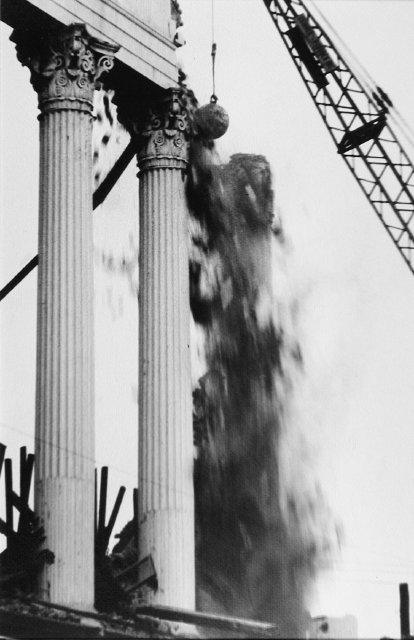Why do we renovate, restore, or otherwise preserve old buildings after they have become functionally obsolete? One reason is practical—the building is in good enough shape to be still useful, even in an altered state, or for a different purpose than originally intended. The second reason is cultural. Perhaps the building was once the home of an important figure—Mozart’s house in Vienna, for example, or Washington’s Mount Vernon—or maybe it was the site of an important event such as the signing of the Declaration of Independence. The third reason is aesthetic: the building is beautiful and incorporates artistry and craftsmanship that have made it the object of our affection. This applies to grand monuments, but also to buildings of lesser ambition; there are entire neighborhoods that represent important human achievements. What seems to me a less compelling reason is the idea that a building should be preserved simply because it is representative of a previous period or architectural fashion. In architecture, as in many human endeavors, not all periods are equally admirable; there are ups and downs. I do wish that masterpieces such as Richardson’s Marshall Fields Wholesale Store, McKim’s Penn Station, and Frank Lloyd Wright’s Larkin Building had not been demolished, but I would not miss Josep Lluís Sert’s banal university buildings in Cambridge, or Pietro Belluschi and Walter Gropius’s hulking PanAm (today MetLife) Building. Nor would I object if, in the future, some of today’s more egregious urban intrusions were slated for the wrecker’s ball.

Charleston Hotel, Charleston SC (Built 1838, demolished 1960)
